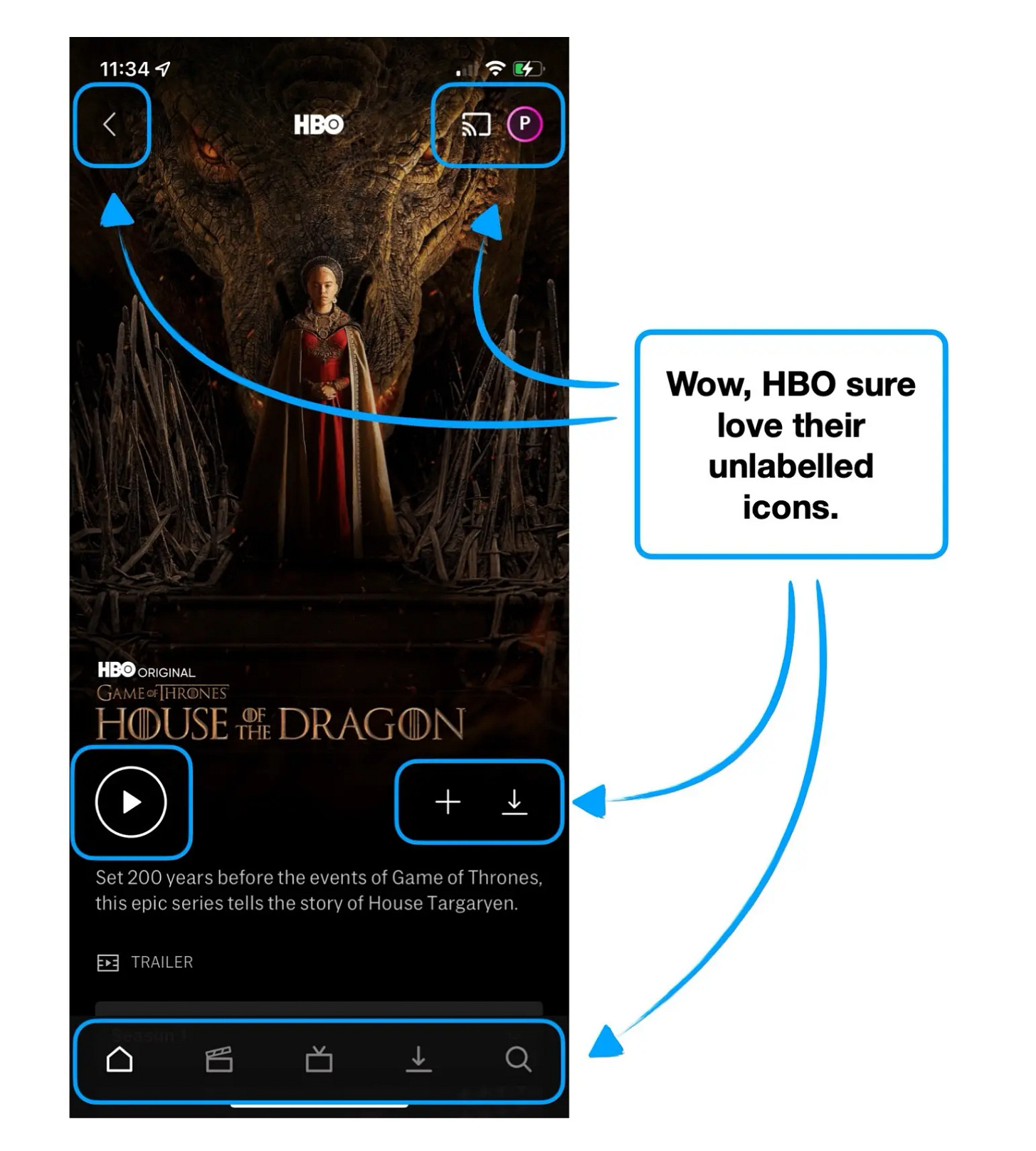Issue 23: Rising incompetence in the metaverse
How to avoid featurerism; Hierarchy in Typography for beginners; How to choose the appropriate heuristics for the project and sooo much more!

Hello, dear readers! 👋
In this issue, among other things:
How to choose the appropriate heuristics for the project
The history of the emergence of the international Swiss style
How to avoid featurerism
Hierarchy in Typography for beginners
How to effectively conduct interviews with stakeholders
How to translate comments, posts and reviews
A service for removing voices from music and vice versa
Updated Apple Design Guides and the macOS UI Kit
Free icons and mockups
Quotes from "The Peter Principle, or Why Things Go Wrong" book by Lawrence Peter & Raymond Hull
Enjoy reading!
📚 Book quotes
For this issue, I've collected some good quotes from the book by Lawrence Peter and Raymond Hull, "The Peter Principle, or Why Things Go Wrong". Read it and decide whether it's worth spending your time on it.
Sometimes I wonder whether the world is being run by smart people who are putting us on or by imbeciles who really mean it.
In a hierarchy, every employee tends to rise to his level of incompetence.
Work is accomplished by those employees who have not yet reached their level of incompetence.
in most hierarchies, super-competence is more objectionable than incompetence.” He warned that extremely skilled and productive employees often face criticism, and are fired if they don’t start performing worse. Their presence “disrupts and therefore violates the first commandment of hierarchical life: the hierarchy must be preserved.
As individuals we tend to climb to our levels of incompetence. We behave as though up is better and more is better, and yet all around us we see the tragic victims of this mindless escalation.
Any government, whether it is a democracy, a dictatorship, a communistic or free enterprise bureaucracy, will fall when its hierarchy reaches an intolerable state of maturity.
He must examine his objectives and see that true progress is achieved through moving forward to a better way of life, rather than upward to total life incompetence.
a staff increase may produce a temporary improvement, but the promotion process eventually produces its effect on the newcomers and they, too, rise to their levels of incompetence.
I have noticed that, with few exceptions, men bungle their affairs. Everywhere I see incompetence rampant, incompetence triumphant...I have accepted the universality of incompetence.
Employees in a hierarchy do not really object to incompetence (Peter’s Paradox): they merely gossip about incompetence to mask their envy of employees who have Pull.
Dr. Peter observed that one reason so many employees are incompetent is that the skills required to get a job often have nothing to do with what is required to do the job itself. The skills required to run a great political campaign have little to do with the skills required to govern.
The Peter Principle: Why Things Always Go Wrong
🗞 News and articles
Usability heuristic frameworks: which one is right for you?
Long post by Michael Kritsch about design evaluation heuristics and how to choose those that suit your project and situation.
Michael collected and carefully analyzed a dozen well-known sets of heuristic evaluation rules: Nielsen, Rams, Schneiderman, SUS and others. It turned out that all the individual heuristics can be divided into six main categories:
Learnability — how easy it is to use the design at the first contact
Efficiency — how quickly the user can solve the problem after studying the design
Satisfaction — how convenient it is to use the design
Errors — how many mistakes users make, how serious these errors are and how quickly they can be corrected
Benefit — does the design do what users need
Memorability — how easy it is to maintain the skills of using the interface after a long break
High resolution image is available here, you can print a poster and hang it on the wall.
Usability heuristic frameworks: which one is right for you?
A fascinating animated longrid about the origin of the international Swiss style, its principles, as well as what schools it can be divided into and what are their differences. The article also describes the history of the most influential designers and popular fonts of this direction. Inside there is an interactive block that shows how the design changes depending on the grid.
The portfolio case study is broken
Tobias van Schneider criticizes the template design of cases, in which designers describe the process with all the details and intermediate iterations. He claims that a personal point of view on design and an effective presentation are important, and recruiters do not read boring texts.
Tips from the article:
Don't try to describe the whole research process. Tell us only about what helped you make the project successful, and how this experience is valuable to you
Imagine that you have only one paragraph to tell about the project, and try to fit the most important things into it
Think less about the description of the process, because it is more or less the same for everyone. It's better to tell us what is important for you
The visual effect of the presentation is extremely important. Make it as impressive as possible. If you have a boring presentation, then no one will read the description. And make the pictures big and beautiful!
Each project has a unique story. Do not try to tie your case to the traditional "correct" process, but, on the contrary, tell us about its features
The portfolio case study is broken
⚡️ Briefly
Peter Ramsey analyzes the interface of the HBO Max application, which has the worst rating among streaming services.
UX analysis of HBO Max: the worst-rated streaming service 🤯
Avoiding Featurism. Brad Taunt advises how to avoid unnecessarily complicating the project.







